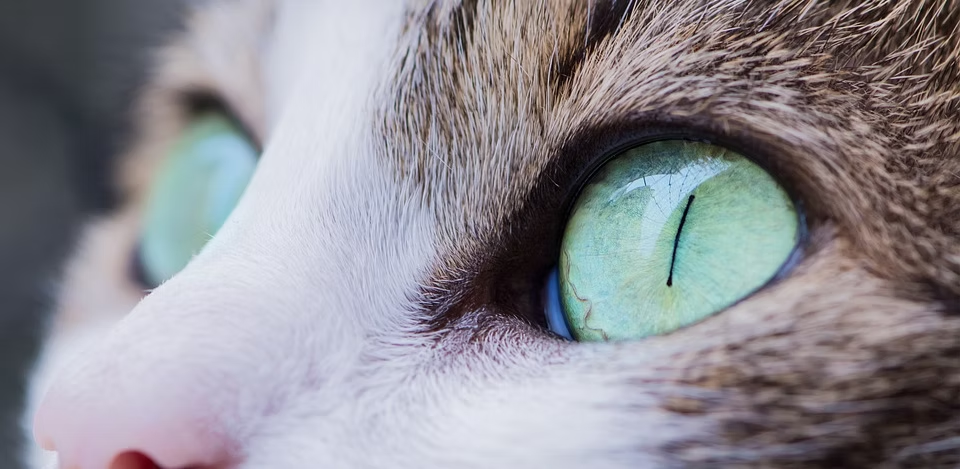Common Eye Diseases



Common Eye Diseases
These descriptions are not meant to take the place of your veterinarian's exam or Dr. Beaumont's guidance, but are meant to provide a further explanation of what your pet may be dealing with.
Blindness - Blindness itself is not a disease of the eye, but is a symptom of an underlying disease process. Two of the most common reasons for sudden blindness are:
- Detached retinas - The retina is the nervous tissue in the eye that is responsible for receiving light, turning it into a signal that is relayed to the brain and then perceived as an image. If the retina is detached, an image cannot be formed for the brain to receive.
- SARDS (Sudden Acquired Retinal Degeneration Syndrome) - As the name suggests, this is a retinal degeneration that suddenly occurs. The primary cause for SARDS is unknown at this time. There are diagnostic tests available to confirm this diagnosis.
Cataracts - A cataract is clouding of the lens. Cataracts can be hereditary, congenital (beginning during fetal life), a result of diabetes, juvenile (onset at an early age), acquired or occur as part of the aging process. There are four stages of cataracts. Some dogs progress through the stages slowly over years, while other dogs will progress through them very rapidly, even overnight as is sometimes the case in diabetic dogs. If you are interested in cataract surgery for your pet, you should consult with your veterinarian and then an ophthalmologist.
Prolapsed gland of the third eyelid (aka "cherry eye") - Animals with a prolapsed gland will have a protruding pink/red swelling in the inner corner of the eye. It is common in English and French Bulldogs, Boston Terriers, and Cocker Spaniels, though it can occur in many breeds and occasionally in cats. Surgical correction is recommended in most cases, as this gland contributes to the tear film and overall health of the eye.
Corneal Ulcer - A corneal ulcer occurs when there is a break in the healthy tissue that covers the surface of the cornea. There are many underlying causes for ulcers and there are also many different types of ulcers. Corneal ulcers are very painful and can often progress quickly, so timely evaluation by a veterinarian is recommended.
Keratoconjunctivitis Sicca (KCS, or "Dry Eye") - Dry eye is very common and occurs in all breeds of dogs. Un-diagnosed and untreated "dry eye" often results in chronic ocular discharge, chronic discomfort, painful corneal ulcers, and possibly blindness. Very successful treatment options are available for your pet to improve tear production, provide comfort and to help maintain corneal health and vision.
Feline Herpesvirus Infection - Feline herpesvirus is a virus that commonly occurs in cats. Most cats are exposed and become infected when they are young kittens. Most cats are able to keep the virus at bay throughout their lifetime; others will have flare ups of the virus which can result in mild conjunctivitis, redness, squinting, swelling, ocular discharge and even corneal ulcers. While there is no cure for feline herpesvirus infection, there are treatments available to help control the symptoms and improve your cat's comfort.
Glaucoma - Glaucoma is a high pressure inside the eye. This can be inherited or occur secondary to other eye issues and is common in breeds like Bassett Hounds, Cocker Spaniels and Boston Terriers. This condition can be painful and blinding of not treated, so early and aggressive treatment is recommended.
Sequestrum - Corneal sequestration is unique to the cat. All breeds can be affected, but the most common are the breeds with prominent eyes, such as Persians and Himalayans. A sequestrum is a dark brown discoloration to black plaque that covers part of the cornea. This condition causes discomfort and surgery is usually required to remove the plaque in order to provide long term comfort and to prevent complications from the sequestrum, such as corneal rupture and blindness.















